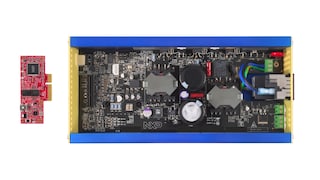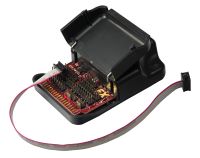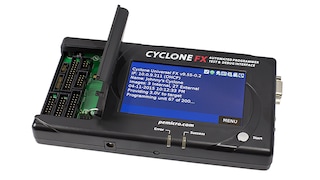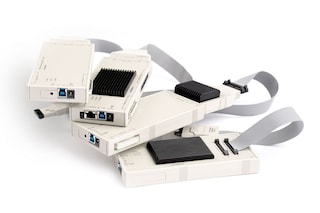
Safety System Basis Chip with Low Power, for ASIL D Systems
The LPC553x/S3x MCU family further expands the general purpose Cortex-M33-based MCU series, offering significant performance enhancement, all on-chip RAM with Parity or ECC, renewed security features and precision analog additions, leveraging the cost-effective 40-nm NVM process technology.
The LPC553x/S3x family includes a proprietary DSP accelerator offering 10x clock cycle reduction, bringing significant signal processing efficiency gains.

MCX N94, N54, N53, N52 and N24 with Highly Integrated Low-power Dual Core Arm® Cortex®-M33 MCUs, with on-chip Accelerators and Advanced Security

MCX A13, 14, 15 Essential MCUs with Arm® Cortex® M33, Low Power and Intelligent Peripherals
|
|
|
|
|
|
|
|---|---|---|---|---|---|
|
|
|
|
|
|
|
|
|
|
|
|
|
|
|
|
|
|
|
|
|
|
|
|
|
|
|
|
|
|
|
|
|
|
|
|
|
|
|
|
|
|
|
|
|
|
|
|
|
|
|
|
|
|
|
|
|
|
|
|
|
|
|
|
|
|
|
|
|
|
Quick reference to our documentation types
1-10 of 67 documents
Compact List
Please wait while your secure files are loading.
1-5of 11 design files
Receive the full breakdown. See the product footprint and more in the eCad file.
Please wait while your secure files are loading.
1-5 of 12 hardware offerings



Additional hardware available. View our featured partner solutions.









1-5 of 21 hardware offerings





















To find additional partner offerings that support this product, visit our Partner Marketplace.
Quick reference to our software types.
1-5 of 14 software files
Additional software available. View our featured partner solutions.
Note: For better experience, software downloads are recommended on desktop.
Please wait while your secure files are loading.
1-5 of 39 software offerings







































To find additional partner offerings that support this product, visit our Partner Marketplace.
1-5 of 7 engineering services







There are no results for this selection.
To find additional partner offerings that support this product, visit our Partner Marketplace.
10 trainings
Additional trainings are available. View our featured partner trainings.
6 trainings
To find additional partner offerings that support this product, visit our Partner Marketplace.